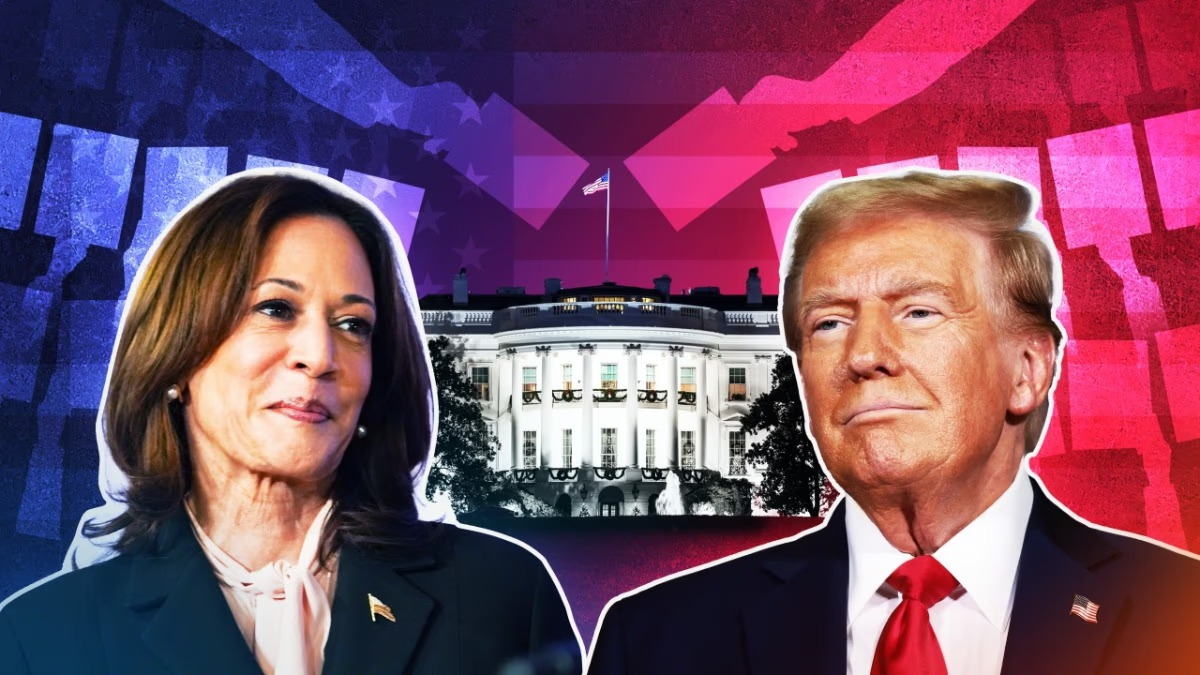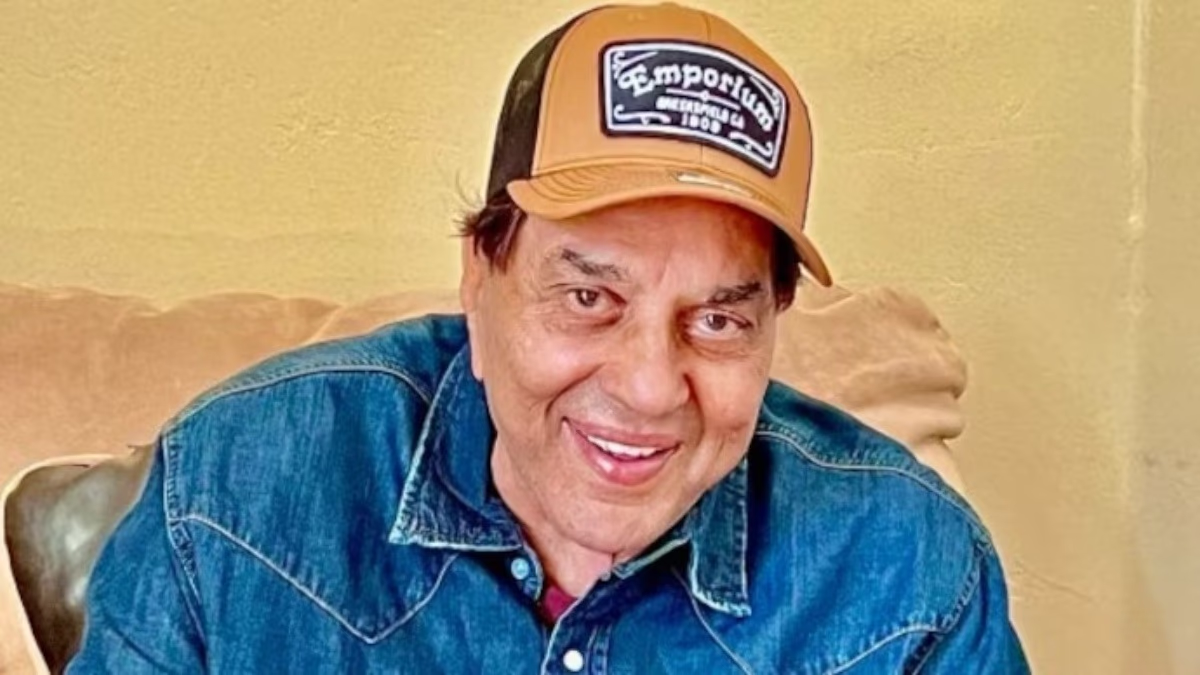On November 5th, the United States will witness its presidential election, a fierce contest between Democrat Kamala Harris and Republican Donald Trump. This pivotal election, being one of the most powerful nations, captures global attention. The US presidential election process is considered one of the most complex globally. Terms like primaries, caucuses, the Electoral College, and swing states are common jargon in American politics. So, how does America choose its president? Understanding this is crucial.
Every four years in November, the United States holds elections. Candidates from the two major political parties, Republicans and Democrats, nominate themselves, stepping forward to declare their candidacy. This means candidates must secure their nomination within the party to run for elections. To achieve this, parties organize state primaries and caucuses. The election process kicks off with these primaries and caucuses held in every state. These events officially select the parties' candidates and usually start in January of the election year.
What is the difference between Primaries and Caucuses?
In the American presidential election, primarily the Republican and Democratic parties dominate. Yet, within a single party, dozens of contenders vie for the presidential nomination. The choice among these candidates is made through the primaries and caucuses organized in almost every state.
The primary is a direct election where registered party voters cast their votes for their preferred candidate. Unlike caucuses, primaries are conducted at polling stations. Voters typically choose their favorite candidate via a secret ballot.
Primaries are generally of two types: closed primaries, where only registered party voters participate, and open primaries, where anyone can vote regardless of party affiliation.
In contrast, a caucus resembles a local meeting, conducted at any public venue like a school or town hall. Registered party members gather to choose their presidential candidate. Those aspiring to be candidates participate in primaries and caucuses across all states. The winner of these elections becomes the formal candidate for either party.
After winning primaries and caucuses in states, candidates gain the support of a certain number of delegates. The candidate who amasses the required number of party delegates in this lengthy process secures the nomination, becoming the official candidate of the party.
What happens at the National Convention?
Each party holds its own National Convention, where typically the candidate who has secured enough delegates is officially confirmed. This announcement is made at the convention, where the chosen presidential and vice-presidential candidates are unveiled.
What is the Electoral College?
This is the most intricate phase of the US presidential election. The Electoral College is the body responsible for electing the president. Simply put, in the presidential election, citizens vote for individuals who form the Electoral College, whose job is to select the nation's president and vice president. Voting occurs on the first Tuesday of November for these electors, who later convene in December in their respective states to cast their votes for the president.
How is the president determined?
The presidential election in the United States is an indirect process wherein citizens of all states vote for members of the Electoral College. These members are known as electors. These electors then cast direct votes, referred to as electoral votes, for the president and vice president of the United States. The candidate who secures a majority of the electoral votes becomes the president and vice president.
To clarify, the winner of the election over 538 seats is the candidate who clinches 270 or more seats, although it doesn't guarantee the presidency. It's possible for a candidate to win the popular vote nationwide yet not win the Electoral College. Such an incident occurred in 2016 when Hillary Clinton didn't secure the presidency through the Electoral College.
When does the president take the oath?
In the United States, the election result is declared on the night of the election. The president is officially sworn into office in a ceremony held in January in Washington D.C.




